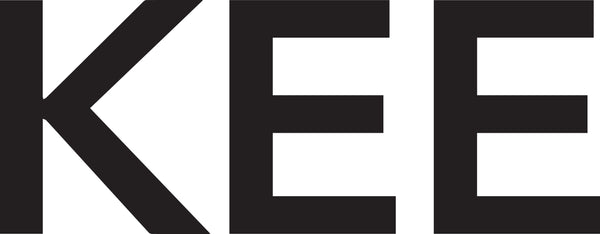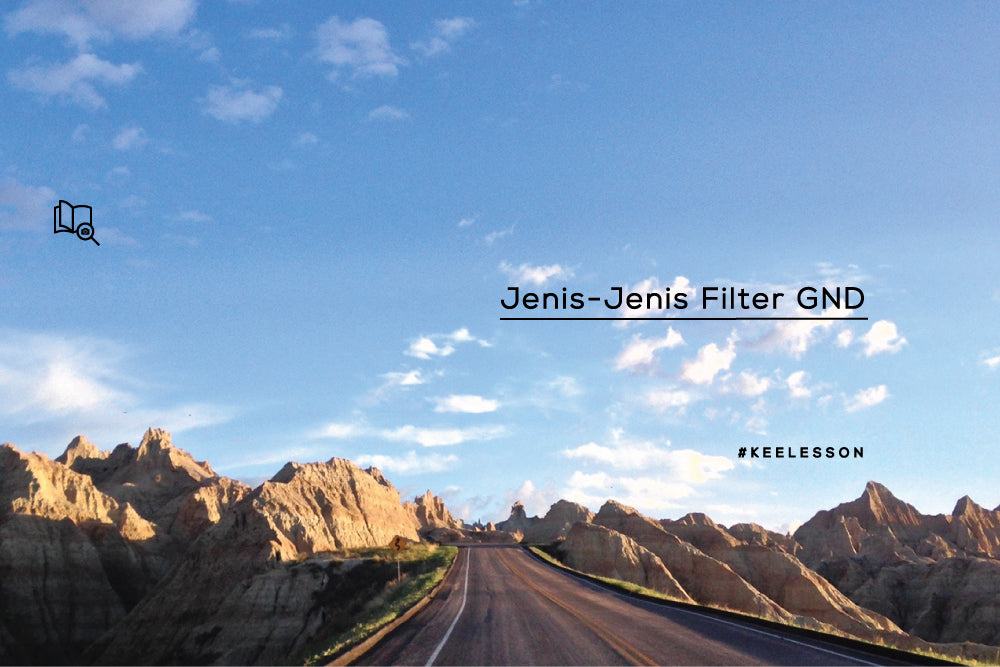The Graduated Neutral Density filter , also known as the GND filter, has two different parts, a dark part which is useful for reducing light and a transparent part which does not affect the photo. This filter is usually used in photos of landscapes such as sunsets where usually using a camera alone is not possible to capture all the details. Usually, if you focus on the sky, the ground becomes dark, and vice versa, if you focus on the ground, the sky becomes over exposed, which is characterized by the sky becoming white without color and without clouds. Now here is the GND filter function, you can get details on both.

Source : www.motoyuk.com
There are several types of GND filters. Usually rectangular in shape with different sizes. Usually the top is darker and fades as it goes down until it becomes transparent.

There are several types of GND filters which are divided based on exposure level, gradual level, gradual pattern, size and material.
Based on exposure level :
1. 0.3 : The top part can reduce 1 stop of exposure (has the thinnest dark level). Usually this type is rarely used because a difference of 1 stop can still be overcome using the settings on the camera.
2. 0.6 : The top part reduces exposure by 2 stops. This type is the most widely used because it can be used for a variety of photos.
3. 0.9 : The top part reduces exposure by 3 stops. This type is usually used for quite extreme conditions such as sunset.
4. 1.2 : The top section reduces exposure by up to 4 stops.
Based on gradual level :
1. Soft-Edge : Dark and light borders are smoother
2. Hard-Edge : Dark and light boundaries are more defined. Usually used for shots that have a horizon line such as on the beach.
Based on gradual pattern:
1. Normal GND
2. Reverse GND : This filter is the opposite of normal GND, it is thickest in the middle and fades towards the top. Usually used to photograph very bright horizons such as sunsets, the light gets brighter as it approaches the horizon line.
3. Center Spot GND : The dark part is in the centre and forms a circle. It is usually used to address lens vignette, but is rarely used anymore as it can be resolved with photo editing.

Source : https://kasefilters.com/
Based on size:
1. P Series : This is the smallest size (84x120mm). The most widely used type for a focal length of 28mm (35mm) and a filter thread of 77mm. For sizes above it is recommended to use the Z Series.
2. Z Series : Has a size of 100x150mm. For the 26-35mm lens, you can use this filter and it has an 82mm filter thread. If the filter part does not cover the lens completely, there will be parts of the filter tip that enter the image.
3. X Series : Has a size of 130x170mm. Usually used for medium format cameras.
Based on material:
1. Plastic : The price is cheap, but the quality is not good and is not recommended.
2. Resin : This is the most widely used type, and the price is still quite affordable.
3. Glass : This is the most premium type but with very good quality. But the disadvantage is that it is expensive and handling is more difficult.

